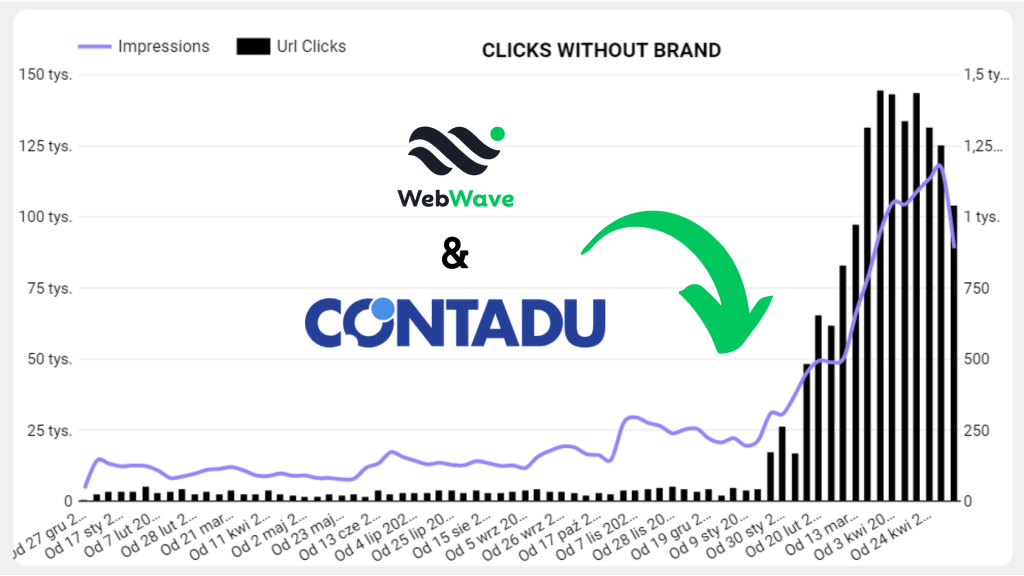Understanding Audience Segmentation: Key Types & Analytics Insights.

Optimizing Your Marketing with Audience Segmentation: Insights and Practical Tips.
In today’s highly competitive market, understanding customer needs and expectations is crucial. Audience segmentation, which involves dividing audiences into smaller groups with similar characteristics, allows businesses to tailor marketing strategies more effectively. This leads to more successful campaigns. In this article, we discuss various segmentation methods, the importance of analysis in this process, and common mistakes to avoid. These insights help marketers improve campaign efficiency and better engage customers.

What is Audience Segmentation and Why is it Important?
Definition of segmentation in marketing.
Audience segmentation in marketing refers to the practice of dividing a broad consumer or business market into smaller, more manageable groups with similar characteristics. This process enables marketers to develop tailored strategies that resonate with specific groups, enhancing the overall effectiveness of marketing efforts.
Types of Segmentation Audience segmentation can be based on various criteria:

Each of these segments may require different marketing strategies, and segmentation analytics enables the identification and effective analysis of these groups.
How to Segment Audiences Effectively? Steps for Audience Segmentation.
To segment audiences effectively, follow these steps:
1. Collect customer data from various sources, such as surveys, website analytics, and social media.
2. Decide which data you want to analyze.
3. Divide customers into groups based on their characteristics or behaviors.
4. Create separate customer groups by combining people with similar traits or habits.
5. Develop tailored marketing strategies for each group.
When crafting messages, tailor them to the needs and preferences of each group to make them more appealing and relevant.
Tips for Effective Audience Segmentation.
- Maintain flexibility and openness to change: To ensure effective audience segmentation, it is essential to adapt to changing conditions.
- Regularly review and analyze data: Monitor changes in customer behavior and emerging trends.
- Utilize analytical tools and software: Use tools such as Google Analytics and customer data platforms to gather information and optimize segments.
- Invest in continuous analysis: Ongoing analysis is crucial for refining customer profiles and ensuring that marketing strategies remain relevant
Challenges of Ignoring Audience Segmentation
Failing to incorporate audience segmentation into content marketing strategies can lead to several issues that weaken marketing effectiveness:
- Generic content: Without segmentation, content is too universal, reducing its impact. This may result in lower engagement and sales.
- Decreased engagement: Audiences who don’t find value in the content are less likely to interact, limiting reach and visibility.
- Wasted budget: One-size-fits-all content is inefficient, targeting uninterested individuals and wasting marketing budgets.
- Lack of personalization: Consumers expect tailored content. Lack of segmentation weakens brand trust and loyalty.
- Difficulty measuring results: Without segmentation, it’s hard to assess which group responds best to a campaign, hindering optimization.
- Weaker relationships: Lack of segmentation makes it harder to understand audiences and build stronger relationships.
Examples of Audience Segmentation in Practice:
- E-commerce – A clothing company can segment customers by demographics and purchasing preferences (e.g., offering streetwear discounts to young women, classic suits to older men), increasing promotion effectiveness.
- Financial services – Banks segment customers based on income and financial behavior, offering personalized investment services to the wealthy or savings plans for those with smaller budgets.
- Hospitality industry – Hotels tailor offers to business travelers (e.g., express check-in, conference rooms) and vacationers (recreation, spa, tourist attractions).
- Content marketing – Blogs segment their audience by interests, creating content and product promotions tailored to different groups, such as recipes for professionals and amateurs.
Tools for Audience Segmentation Analysis.
Implementing audience segmentation analysis tools can significantly improve marketing efforts. These tools allow marketers to efficiently collect, analyze, and visualize customer data. For instance, customer data platforms unify data from multiple sources to create comprehensive customer profiles that inform segmentation strategies. Additionally, they can help identify trends and patterns, enabling data-driven decision-making.

Example: Contadu for Audience Segmentation Analytics
Imagine a tool that not only helps you understand your audience but also aids in creating content that hits the mark. That’s what Contadu offers! Here’s how you can benefit:
- Better understanding of your audience – Through keyword analysis, you can discover the topics and phrases that matter most to them, giving you a clear map of what your customers want to read.
- Personalized content at your fingertips – The collected data allows you to tailor content to perfectly match the needs of different customer groups. Contadu makes it easy to create valuable and attention-grabbing content.
- Improved SEO for greater visibility – By optimizing content for SEO, you ensure your content reaches the right people through search engines. Contadu helps you stand out from the competition and reach the right audience segments.
- Monitoring success – You don’t have to guess which content works. Contadu continuously analyzes results, so you know what’s effective and what needs improvement. You can easily adjust your strategy to make it more successful.
- Segmentation based on real behavior – By observing how users behave on your site, Contadu helps you better understand their needs. This allows for even more precise content and marketing strategies for different audience groups.
With Contadu, you have full control over your content and audience, creating better, more relevant content that attracts attention and leads to success!
Conclision
Effective audience segmentation is key to successful marketing these days. Understanding who your customers are, what they need, and how they behave allows you to craft campaigns that really hit the mark. This boosts engagement, builds loyalty, and makes better use of your marketing budget. By leveraging analytical tools and keeping an eye on shifts in customer preferences, you can fine-tune your messaging and improve your results. Remember, segmentation isn’t a one-time task—it’s an ongoing process that requires regular review and adjustment to stay ahead in the market and meet your audience’s expectations.
Did you know that companies with well-defined audience segments see up to 20% higher conversion rates compared to those who don’t segment?

